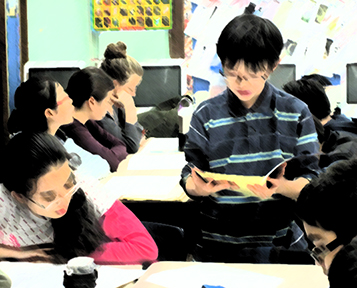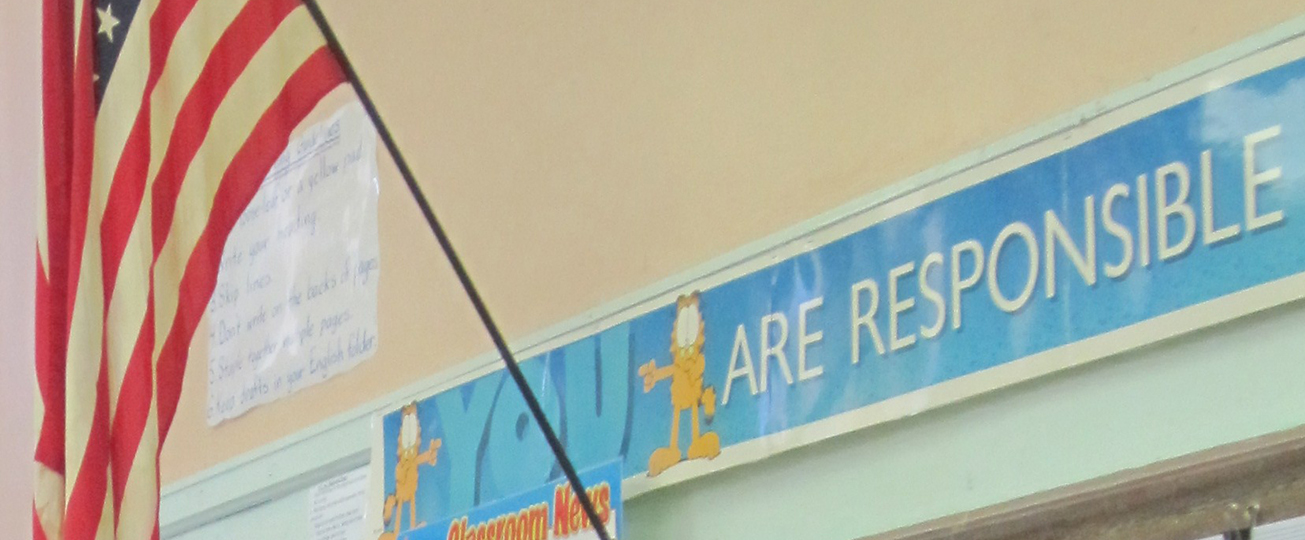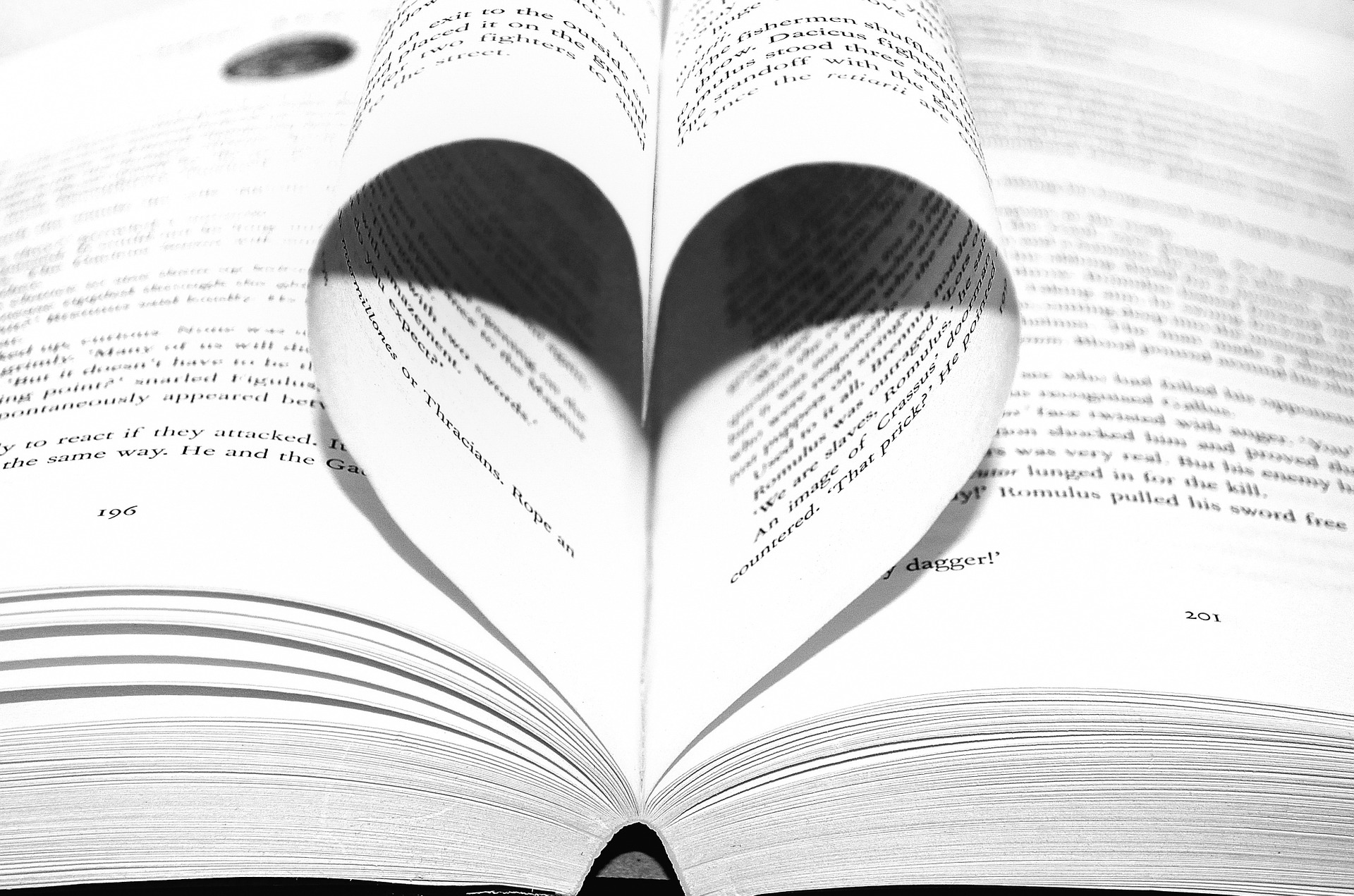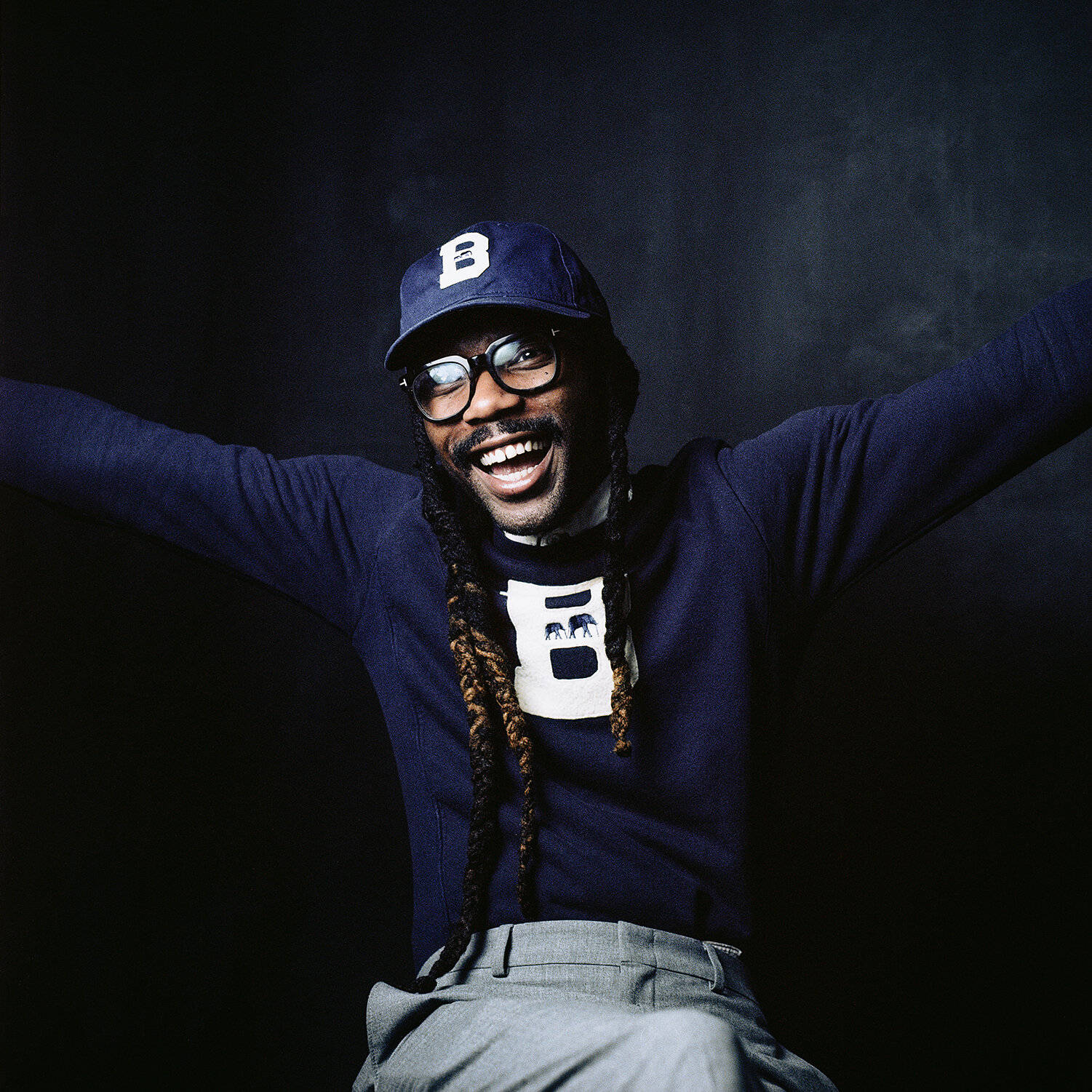Originally published in Teachers & Writers Magazine (Summer 2013, Volume 44, Number 4).
The day I mentioned the cross burnings was the day Aleesha became a self-avowed writer. I’d been visiting her fifth-grade classroom for several months, facilitating a year-long program I’d created for Isaac Dickson Elementary School in Asheville, North Carolina, called Writing to Change the World.
I started this as a project for my daughter’s fifth-grade class in 2007, wanting young writers to experience writing as purposeful, personally empowering, and a path to agency—both locally and globally. That first year, I worked with one class. We explored stereotypes and discussed race, heritage, and economic status. We read work that addressed these subjects and talked about how writers can choose to perpetuate or change the status quo through their language and craft choices. The students chose an issue that concerned them (local or global), researched these issues, developed their own ideas for change, and then wrote personal essays. These were published on a website that was the first of its kind in Asheville City Schools.
By the time I met Aleesha, the program had expanded to a full year and included creative writing; “This I Believe” essays, recorded at local radio station; and a TED youth event (TEDxyouth@isaacdickson) where students presented their “ideas worth sharing.” Aleesha had always been enthusiastic when I arrived, full of hugs and opinions that she loved to spout during our class discussions. She loved visitors and talking. Writing? Not so much.

On that day, though, as I read from our local paper about the numerous incidents of cross burnings and hate crimes that had just occurred in nearby towns, Aleesha sat still. She turned her head slightly, as if to listen better, clasped her hands tight until the pink showed under the red-brown of her knuckles, and kept her usually direct gaze lowered. When I finished reading the article, she raised her hand. “Ms. Hurley, I’m gonna write about this. I GOT to.”
I was thrilled, of course, as a writer, a teaching artist, and an activist. But even as Aleesha and I began to work on her “This I Believe” essay, I began to worry. Aleesha, like so many others in our area, including myself, was emotionally wounded by these nearby examples of hatred. Of course, the whole project was based on my conviction that creative writing was healing and empowering, that it could help students envision and bring about a more just world—which I’d certainly witnessed. But was this the best way for Aleesha? Would her writing put her at risk when the essay was aired? Did she, at the age of eleven, really need to take on this topic in her writing?
In 2013, I posed these questions to a panel I moderated at the Association of Writers and Writing Programs (AWP) Conference in Boston called “Writing to Change the World: Social Justice and Youth Writing Programs.” The participating panelists, who work with students ranging in age from elementary school through college, answered by describing how they had witnessed, in their work with students, the power of creative writing to encourage idealism, foster empowerment, and open paths to social justice. The paths they described, both at the panel and in conversations afterward, were many and varied, determined by each writer’s own defining vision of social justice. The teachable moments, they all agreed, overcame any risks—though they stressed that teaching artists must be aware and intentional.
Tamiko Ambrose Murray
Asheville Writers in the Schools
Tamiko Ambrose Murray, a writer, social worker, and co-founder of Asheville Writers in the Schools, says that social justice is always at the forefront of her teaching, whether she is asking her students to study and write poetry of resistance, or to explore areas of oppression they or their families have experienced in their own lives. Murray works in Asheville’s public middle school with students struggling with literacy, poverty, and racism. Eliminating oppression, she says, requires first bringing to light what is hidden, including what a young writer has to offer the world. “To validate the voice of a young person who is often told that his or her voice is inherently invalid or incorrect,” she says, “is an act of personal liberation.”
In the classroom, Ambrose Murray teaches a traditional story structure in which a main character undergoes some type of transformation. She encourages young writers to consider the strengths of their main characters by having them ask, “What makes them (and me) strong? “ It’s not surprising that many of her students make creative choices that illuminate the oppression they witness or experience. “It’s what they know,” she says. “And writing gives them an authentic form of power they don’t usually have.” For one of her students, the opportunity to describe his favorite place was a chance to both bear witness and claim his own perspective on strength and success. Though his response may be painful for concerned adults to read, it is his starting place for taking charge of his life.
My Favorite Place
My favorite place is my home, Pisgah View Apartments, because it is a project. Most people think projects are bad. They think you will be robbed or killed but there are lots of good things that happen in the projects. Like when it rains and your cable gets cut off. You can look outside of your window and see lots of action. People do pranks and people play fight and people fight for real all the time.…
There are a lot of bad things that happen too.
One time there were two black males. Their names were V. and Lee. They were shooting at each other because Lee had a baby by V.’s sister. They started shooting at each other in a parking lot and V.’s dad rode past them in a green mini-van. He rode all the way down the street then turned around and came back up the street full speed. The green mini-van rammed Lee into another car. I was standing on a hill with my friends when I heard Lee screaming, “I can’t feel my legs!” over and over again. His bone on both legs was sticking out. There was blood everywhere. Everybody around me was shocked. People were crying and there was blood all over his clothes. The blood was a dark red.
I still don’t think the projects are a bad place. I always hear people in the projects say they want us to do well in school so you can be what you want to be and do what you want to do. However there are a lot of people that are successful and did not get their education. I think people in the projects are successful because everything they did in school and they do now is their choice. I think the definition of success is when you can do what you want to do. You can learn a lot of things in the projects. The projects give a lot of things and there is always something interesting in the projects. That is why my home, Pisgah View Apartments, is my favorite place.
By Saheed, Grade 8,
Asheville Middle School
As teaching artists, Ambrose Murray says, it is our role to open up the space for young people to explore and guide them in this process. But we have to be careful, she warns, to let them take the lead. Especially for young people who come from underserved or oppressed communities, she says, there are some topics that are just too painful. We have to meet young writers wherever they are. “If a young writer wants to write a fairy tale,” Ambrose Murray says, “let them!”
Christina Shea
Christina Shea is a novelist and faculty member in Lesley University’s MFA program in creative writing, and a coach for WriteBoston, where she works with a widely diverse and mostly low-income group of students and their teachers at a Boston public high school. Like Ambrose Murray, Shea believes social justice begins with the sense of personal empowerment that creative writing can provide, something she sees each week in the student writing group she facilitates through WriteBoston. The young writers in her program, she says, get something that they might not get anywhere else—affirmation from a professional writer that they possess the imagination and the courage to write. “You can see how much it means to these young writers, to have that personal connection, to feel like their words and thoughts matter,” Shea says. When these students write, she adds, they are developing a more just view of themselves. And this positive experience of expressing themselves through poetry or story fosters perseverance for other sorts of writing—more academic and, perhaps less exciting or fun, but critical for student success.
Terry Blackhawk
Validating the voices of young people is also at the heart of the Citywide Poets (CWP) program of InsideOut Literary Arts in Detroit, Michigan. In 2011, the Citywide Poets’ team took fourth place at at Brave New Voices, the largest youth spoken-word competition in the world. The poems they read, says Terry Blackhawk, poet and founding director of InsideOut, challenged perceptions of African-American and urban youth in general, and of Detroit in particular. The excerpt below is from a poem “spit”—to use the spoken-word vernacular—at the competition by Citywide Poet Justin Rogers:
Detroit is not heartless
our waters flow like
the blood pumping
through a mother’s heart
when she clutches her newborn
for the first time…
The poets came home from the competition not only in glory, but, seemingly, with fire in their bellies, as the old activist saying goes. So, with InsideOut’s support, they created Citywide Agents, a group of CWP alumni dedicated to bringing poetry workshops and performances to a variety of communities, while encouraging community service and developing youth leadership skills. And Rogers’ poetry later caught the eye of the Skillman Foundation, which awarded him its Promising Youth Legacy Award. The award “recognizes young people as emerging leaders and current contributors to making a difference in their community,” and includes $10,000 in scholarship assistance which Rogers put to good use at Wayne State University.
Blackhawk says this is the embodiment of InsideOut’s mission statement. “We challenge young writers to think boldly and create bravely,” she says. “And now we have these young people who act bravely because of their experience with poetry and are making the changes in the world that they want to see.”
Glenis Redmond
Poet, performer, and activist Glenis Redmond’s efforts to change the world through writing started with building relationships across the community where she worked and helping people to understand history through the experiences of others. As artist-in-residence with the State Theatre in New Brunswick, New Jersey, Redmond conducted workshops in businesses, schools, youth detention centers, prisons, and community organizations in the town over the course of five years, bringing a wide cross section of residents to the theater. “The beauty was in the intersection,” says Redmond. “There were people of all races, faiths, and creeds. We had people as young as twelve and as old as eighty in attendance.”
This past year, Redmond introduced participants at the Senior Center of New Brunswick to seniors at the town’s Heath Sciences Technology High School. “I coached the high school students to interview the ‘Super Seniors,’ as we called them, to mine their lives poetically,” Redmond says.
High school senior, Brandon Diaz-Abreau, wrote a persona poem from his interview with an elderly woman, formerly of North Carolina, ntitled “A Thousand Pieces” (excerpt).
I can remember those hot summer days.
Those days when you couldn’t do nothing but keep
inside to hide from the
heat riding on the waves of the wind.
I didn’t mind much since I’m a indoors girl anyway.
I slipped into my only pink dress, turned up the music,
and danced like no one was watching,
even though they probably was.
And people was different back then too.
Growing up in North Carolina, everybody was either black or white.
Today you’ll find the whole world waiting at the bus stop.
According to Redmond, the students took seriously their role as researchers, poets, and archivists, building skills that will support them in future pursuits. More important, she says, is the bonding that took place between the elders and the young, the empathy and understanding that grew as “wisdom and knowledge was passed down.” For Redmond, who has been a traveling educator for twenty years, this project has been arts integration, at its best, weaving together the goals of social justice, education, and community engagement.
Despite my worries about Aleesha as she wrote her “This I Believe” essay about the cross burnings outside of Asheville, she was not to be denied—even as she struggled to capture her feelings and hopes through imagery and metaphor, even as she revised to include more specific details—the kind that can bludgeon a good night’s sleep. After she finished her essay and recorded it, she went on to create her presentation for the TEDxyouth@issacdickson event—where she called on the adults in the audience to pay attention and apply their imaginations as she detailed her idea of forming a youth group that would provide love and support to families and young people who were victims of hate crimes.
As I watched her at the microphone, I thought about the day before. We were all scurrying about the classroom getting ready for the big event when Aleesha, the formerly reluctant writer, twirled up to me. “Miss Janet,” she said. “When I grow up, I’m gonna be a writer.”
There it was—a sense of confidence and agency, instilled through the process of creative writing—not just to change the world, but to change her own future. Will she become a writer? I don’t know. I do know that she applied to and attended (on scholarship) several of the summer writing programs I offer—and made it every day, calling for a ride when her mother didn’t have enough money to buy gas. And then, as happens so often, Aleesha and her mom moved out of the area. She hasn’t kept in touch. It seems that all of us involved in the panel, “Writing to Change the World,” share this same risk—of inviting young writers to a new relationship with writing that we can’t facilitate indefinitely. I like to think, though, that those teachable moments provide the proverbial wellspring from which our students can create a world that is more just, a world that offers new possibilities, just as it invigorates teaching artists like Ambrose Murray, Shea, Blackhawk, Redmond, and me to continue offering our invitations. We know that every poem and story our students write has the potential to change lives, because writing has had this effect on us. Poet Lucille Clifton, whose work I often use to inspire my students, said, “Things don’t fall part. Things hold. Lines connect in ways that last and last and lives become generations made out of pictures and words just kept.”
Janet Hurley is a freelance writer, editor and founding director of True Ink, which provides creative opportunities for young writers in the Asheville, North Carolina area. She is also the co-founder of Asheville Writers in the Schools, a nonprofit which seeks to connect writers with schools and community organizations to nurture confident imaginations, critical literacy skills, and equitable
Hurley has an MFA in creative writing from Lesley College.



